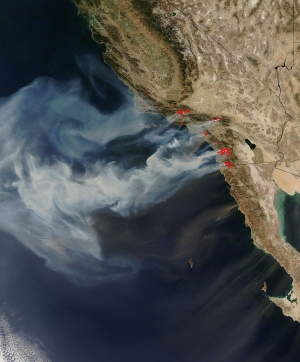 Thermal Inertia. Get used to that term, as it drives the relationship between climate disruption and human civilization, now and over the next twenty years. Its meaning is simple: even if we were to stop all greenhouse gas emissions immediately, right this very second, we'd still see continued warming and disruption for the next two or three decades. Changes to ocean temperatures (in particular) lag climate forcings, committing us to at least a bit more warming, probably about half a degree celsius, bringing us close to the hottest we've been in a million years. Unfortunately, we're not stopping right this second; we probably won't stop increasing our carbon output for another decade, at best. This means that our climate will still be warming well into the 2030s, no matter what.
Thermal Inertia. Get used to that term, as it drives the relationship between climate disruption and human civilization, now and over the next twenty years. Its meaning is simple: even if we were to stop all greenhouse gas emissions immediately, right this very second, we'd still see continued warming and disruption for the next two or three decades. Changes to ocean temperatures (in particular) lag climate forcings, committing us to at least a bit more warming, probably about half a degree celsius, bringing us close to the hottest we've been in a million years. Unfortunately, we're not stopping right this second; we probably won't stop increasing our carbon output for another decade, at best. This means that our climate will still be warming well into the 2030s, no matter what.
Political leaders pay little more than lip service to dealing with climate disruption (most visibly in the U.S., but few Kyoto signatory nations have actually met their required targets). As the signs of climate chaos mount, however, we'll start to see climate taking on greater prominence in public and political discourse, often eclipsing other big issues. If global warming was the sole big driver for the next twenty years, I'd pessimistically assume that we wouldn't see real action until the first big impacts start to appear. The interaction of the climate change driver with other drivers, however, may accelerate that timeline.
Climate Chaos and... Resource Collapse
Of all of the big drivers for the next two decades, climate chaos and resource collapse have the most complex interaction. On the surface, it's clear that each can make the other worse: agricultural collapse can push people to tear down rain forests faster (both reducing a carbon sink and putting even more carbon into the air by burning); greater storms & droughts can produce massive refugee movements, overwhelming local resource bases; drivers and industry looking for an alternative to oil pushing for biofuels, driving up the cost of food; desperate communities choosing survival over the careful maintenance of ecosystem services. It's a truly vicious cycle.
But look more closely, and one can see that many (not all, but many) of the solutions for one issue have a positive impact on the other. Smarter agricultural practices boost food production, improve soil, and sequester more carbon. Improving urban and transportation models (from bicycles & buses to electric cars) to fight global warming avoids a "peak oil" disaster. Climate and resource activists alike extol the virtues of localism. The need to deal with one of these issues can make dealing with the other easier and faster.
Response model: Look for economies of scope, those opportunities where a single solution approach can handle seemingly unrelated problems.
Climate Chaos and... Catalytic Innovation
The relationship between climate chaos and catalytic innovation is a bit simpler. In general, climate disruption can serve as a focus for technological innovation, and these innovations offer ways to accelerate our shift to a post-carbon economy.
The scenario "Breaking the Fever," part of the Center for Responsible Nanotechnology's molecular manufacturing scenario series, offers one example of how climate and catalytic technologies can interplay. An excerpt:
During the time between the first Carbon Crisis Summit, in 2017, and the roll-out of early molecular manufacturing systems four years later, the global climate continued to degrade. It became obvious that a third approach beyond the carbon reduction and greenhouse reversal endeavors was needed, and that strategy -- effects mitigation -- soon became the dominant effort. While zero carbon teams worked to drive down the cost of nanopolymer photovoltaic materials (used today on nearly every product that needs power, and quite a few that don't) and greenhouse reversal teams experimented with ways to pull carbon dioxide and methane out of the atmosphere without causing unanticipated problems, the mitigation groups became a new kind of "first responders" to climate-related disasters. From the rapid fabrication of sea walls and flood barriers to the overnight construction of housing and infrastructure for millions of environmental refugees, effects mitigation teams had the closest relationship with the everyday victims of global warming; correspondingly, they soon had the greatest popularity, and even became the subject of a top-ten holovision show.
Other catalytic technologies, such as artificial general intelligence and advanced synthetic biology, could also be readily focused on analyzing, mitigating, and remediating the effects of climate chaos as they are developed.
Response model: As the timing and capabilities of catalytic technologies are inherently uncertain, we can't depend on them fixing the climate problem for us. However, we need to be ready to take immediate advantage of such technological developments.
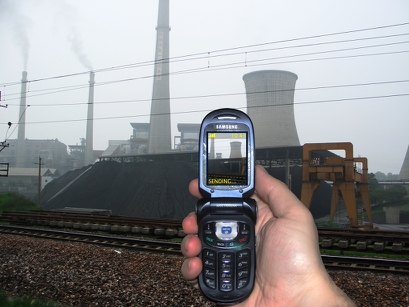 Climate Chaos and... Ubiquitous Transparency
Climate Chaos and... Ubiquitous Transparency
Augmented reality, mirror worlds, lifelogging, sousveillance, even the participatory panopticon -- whatever we call it, we're already seeing the rise of the transparent world. This isn't simply a technological phenomenon; increasingly ubiquitous transparency also appears in the form of open access science, open source production models, and (less appealingly) the broad dissolution of privacy. Of all of the big drivers for the next twenty years, this is the one that is likely to feel the most intimate and inescapable.
The interplay between climate chaos and ubiquitous transparency is likely to take at least one of two different forms.
The first is the "participatory sensor" model, where the proliferating monitoring and information systems focus on the changes happening to the environment. The various mobile devices that we carry become part of this network, too, so that everyone who participates adds to our improved understanding of what's happening to the planet. This was the focus of the talk I gave at TED in 2006.
The second is the "green panopticon" model, where these monitoring and information networks focus on behavior, whether by institutions or individuals. If we see carbon emissions as literally a life-or-death issue, it's not hard to imagine us using whatever means we have at our disposal to make sure that people aren't putting the planet at risk. The longer we wait to act, the more desperate our response will be, and the more likely we are to take measures like this.
Response model: if we focus the sensors on the planet rather than at each other, we can better our understanding of what's taking place and (as mobile devices become more important to this system) may be able to boost the level of participation in environmental protection among younger people.
Climate Chaos and... New Models of Development
The intersection of climate chaos and new models of development has three broad categories of outcomes; we're likely to see all three happen in various developing nations.
Climate chaos may serve as an accelerant to new development models, by opening up new economic niches (in green energy, for example) or making the traditional alternatives either unavailable or unappealing. Brazil as a "biofuel Saudi Arabia" is an example of this path.
It may serve as a fence to new development models, by making the short-term costs of the new models greater than the costs of traditional development; this can then serve to make the climate disruption problem worse. China and India's reluctance to move off of fossil-fuel-based growth is an example.
Finally, it may serve as a killer of new development models, by unleashing so much environmental devastation on a nation or region that any kind of development seems impossible. Storms, drought, and famine can bring even the most promising developing country down.
Response model: since the fence result makes climate disruption worse, and the killer result, well, kills millions, developed world policies should focus on helping the growth of green industries in up-and-coming developing nations.
Climate Chaos and... The Rise of the Post-Hegemonic World
The relationship between climate chaos and the rise of the post-hegemonic world is tricky. Climate disruption isn't causing the decline of US hegemony, nor is it caused by that decline. However, global warming underscores the weakness of the American hegemony, and that the decline of American hegemony weakens the potential for a near-term coordinated response to global warming. Moreover, this decline has the potential to make dealing with climate chaos more difficult.
The best example of this situation occurred at the Bali global warming conference in December. The US delegation refused to sign an agreement accepted by essentially the rest of the participants, instead arguing for its own alternative. Kevin Conrad, the delegate from Papua New Guinea, then stepped to the microphone and said this:
There's an old saying: If you are not willing to lead, then get out of the way. I ask the United States: We asked for your leadership; we seek your leadership. But if for some reason you are not willing to lead, leave it to the rest of us; please get out of the way.
A weakened American hegemon is one that is most likely to either try a costly attempt to shore up its power, or lash out at rising competitors, distracting national and world leadership at a time when distraction is most problematic. Of all of the risks to our global capacity to deal with global warming, this is the most dangerous.
Response model: I'm open to suggestions.

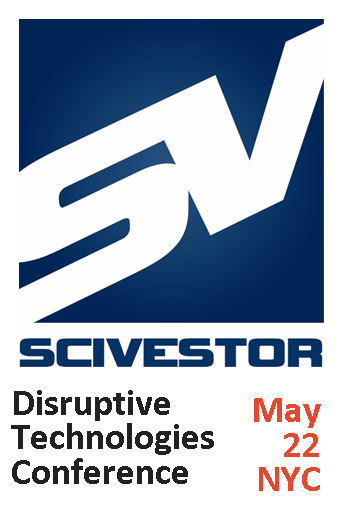 UPDATE: Sadly, this event has been canceled.
UPDATE: Sadly, this event has been canceled.


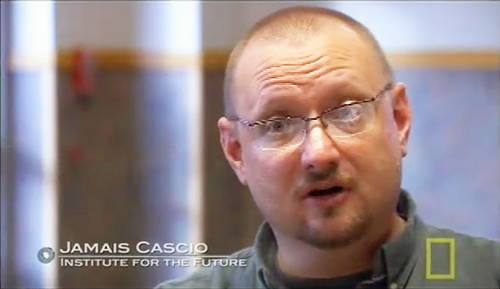
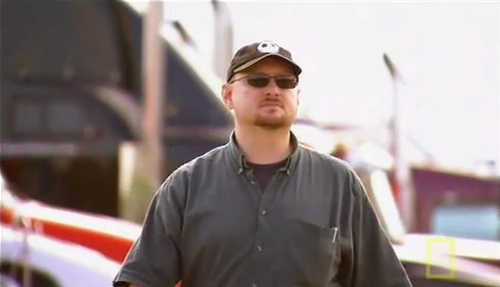
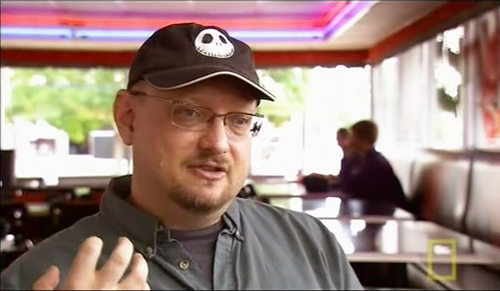
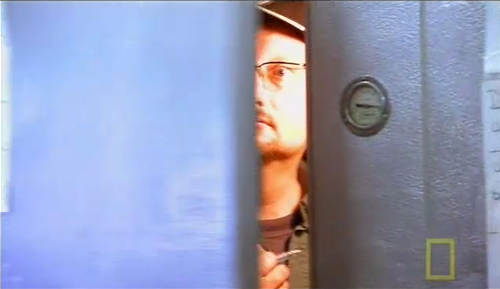
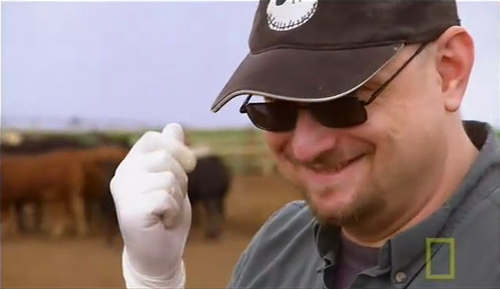


 Climate Chaos and... Ubiquitous Transparency
Climate Chaos and... Ubiquitous Transparency
